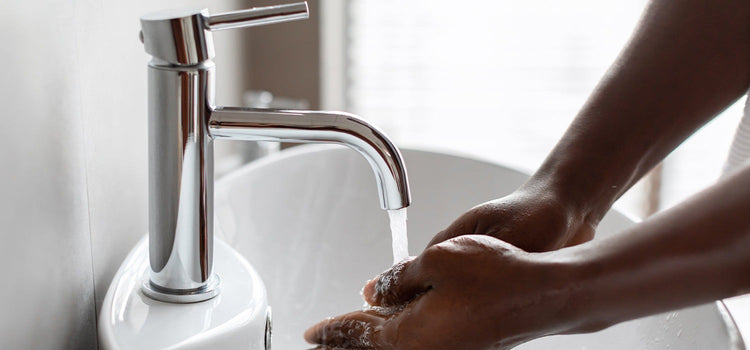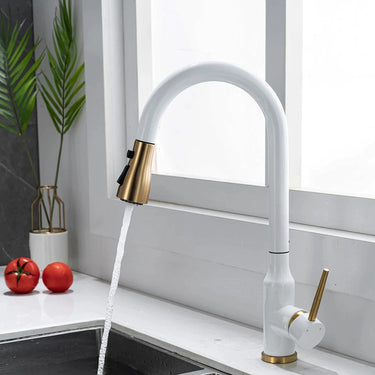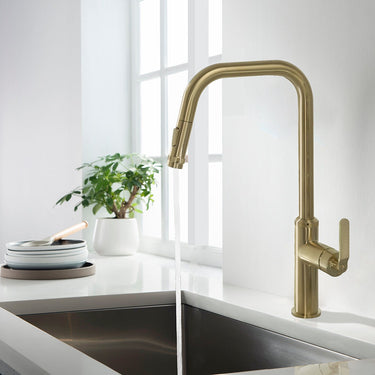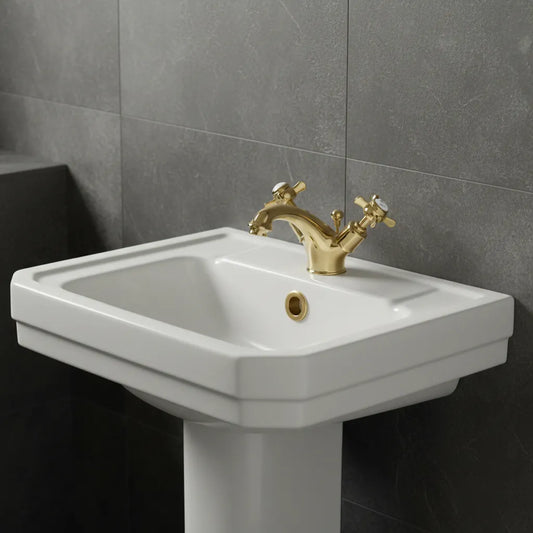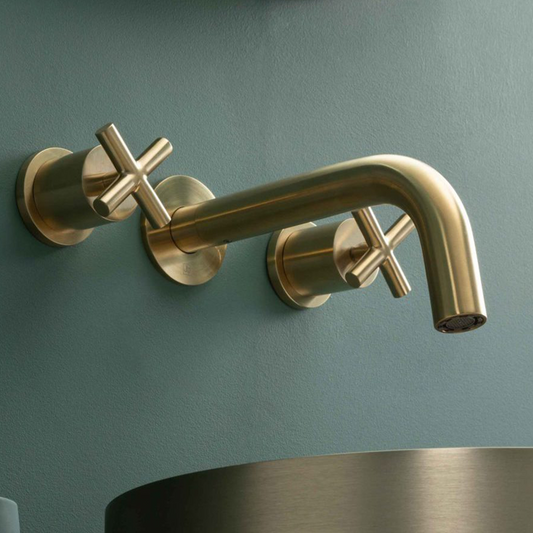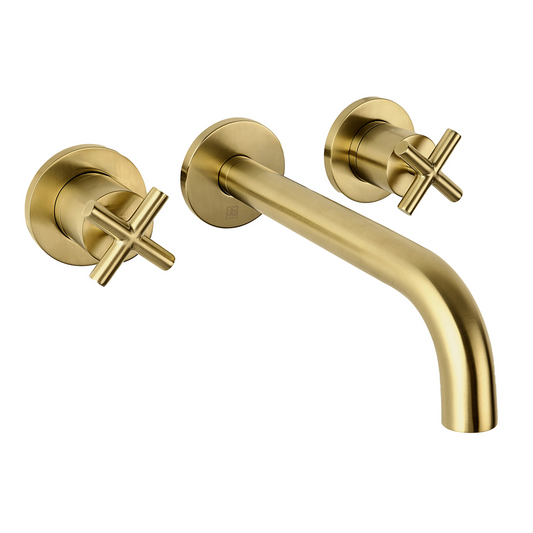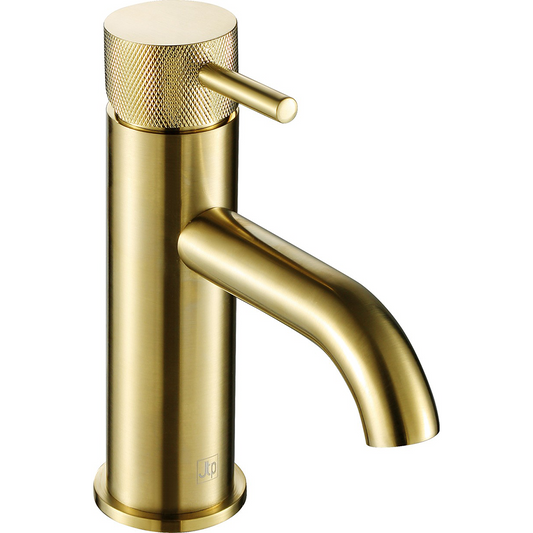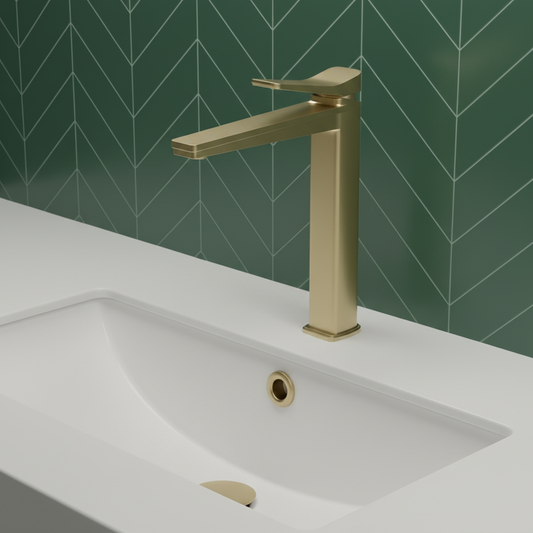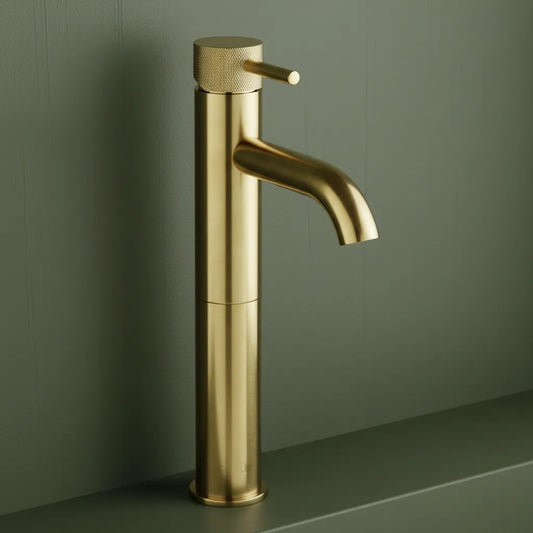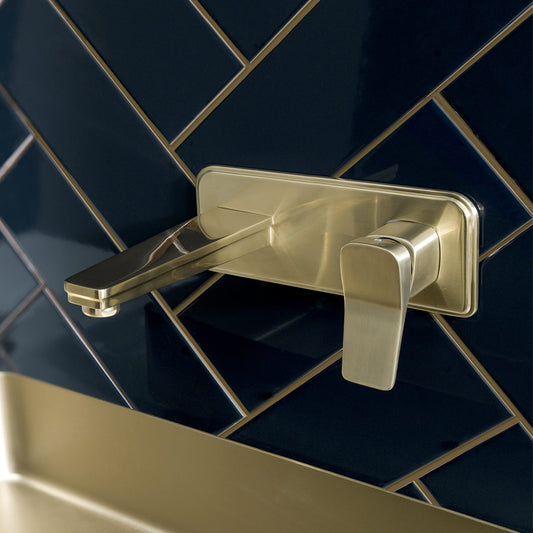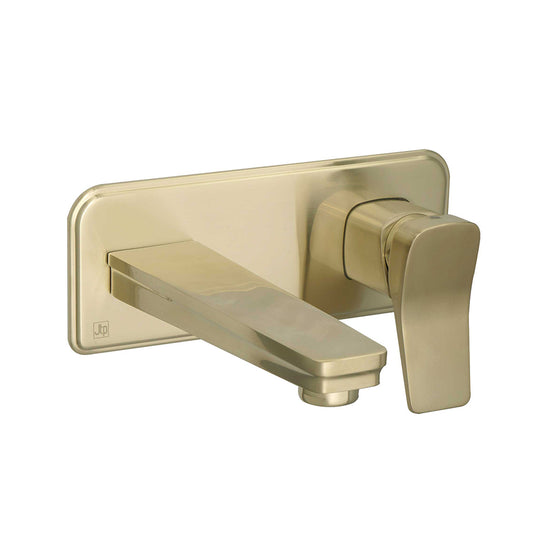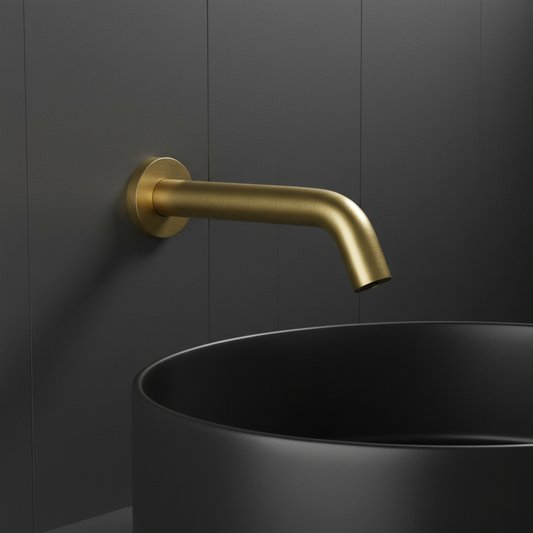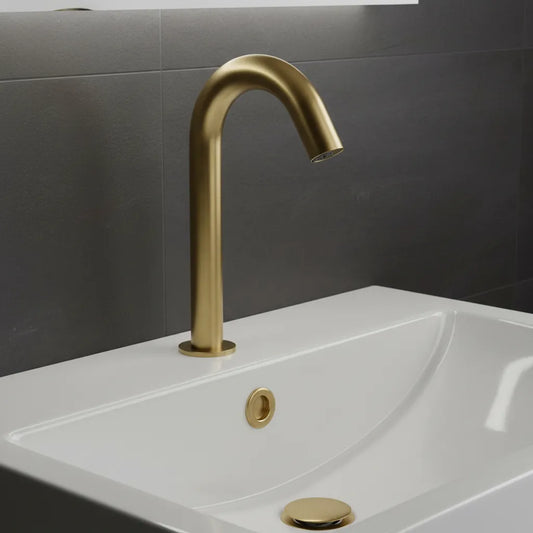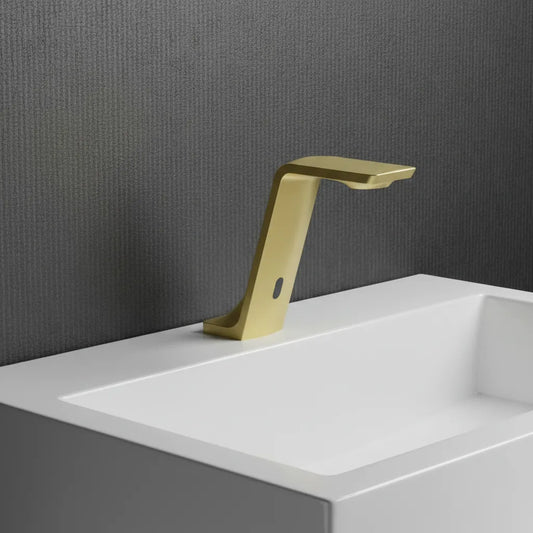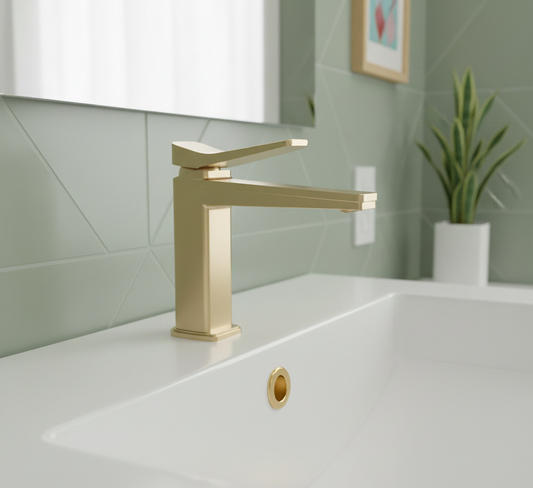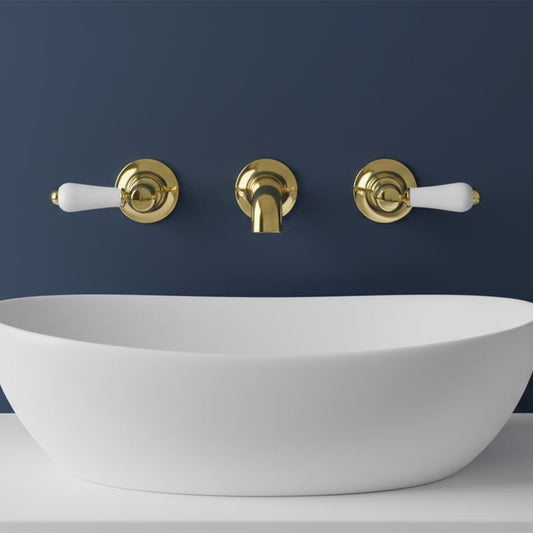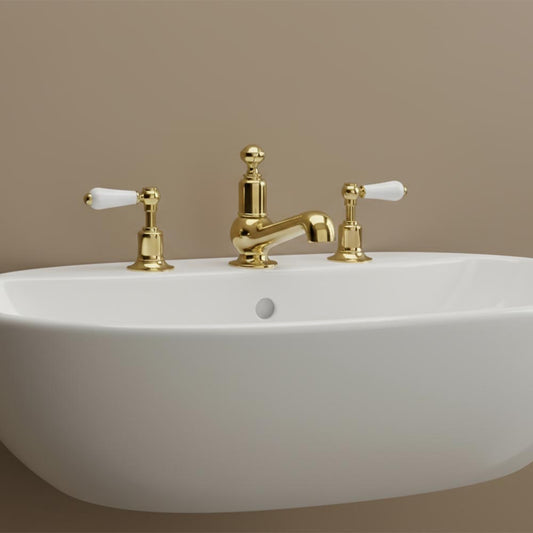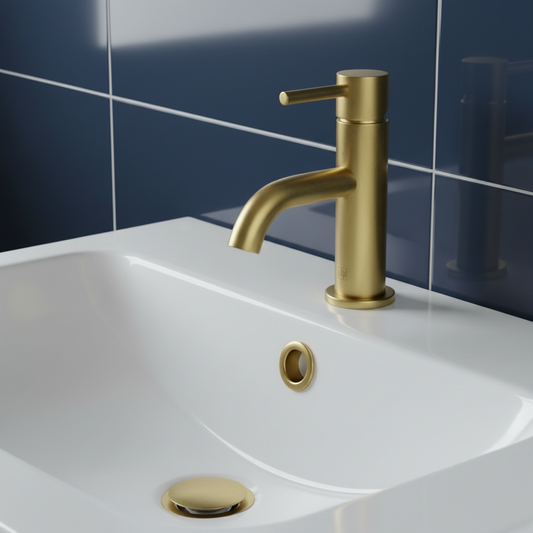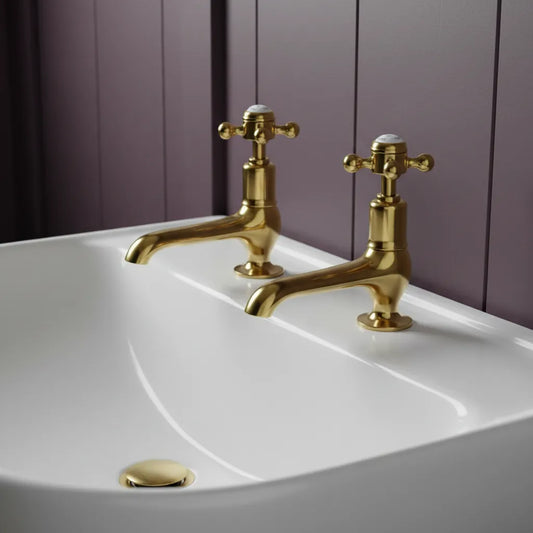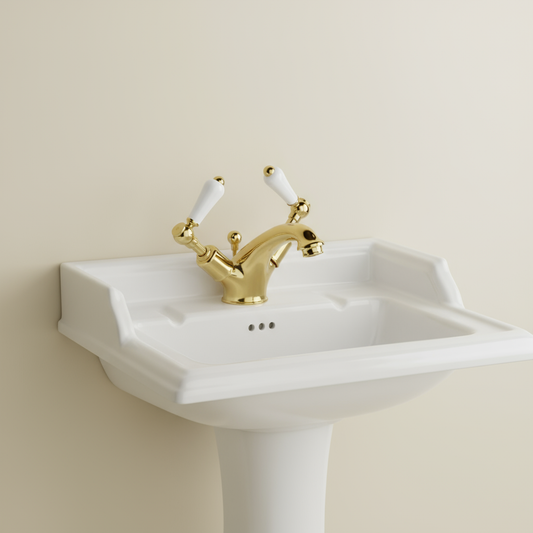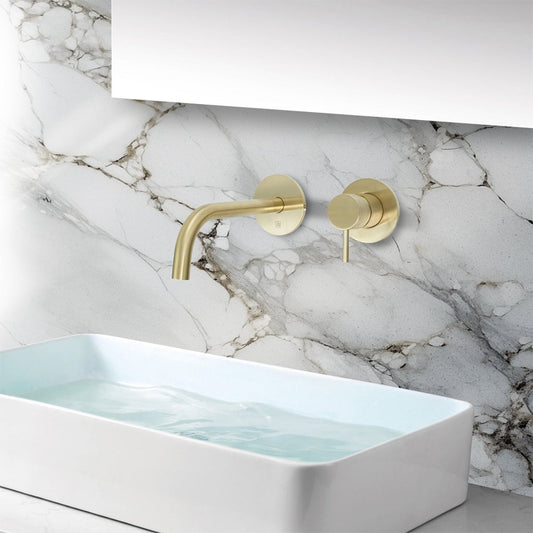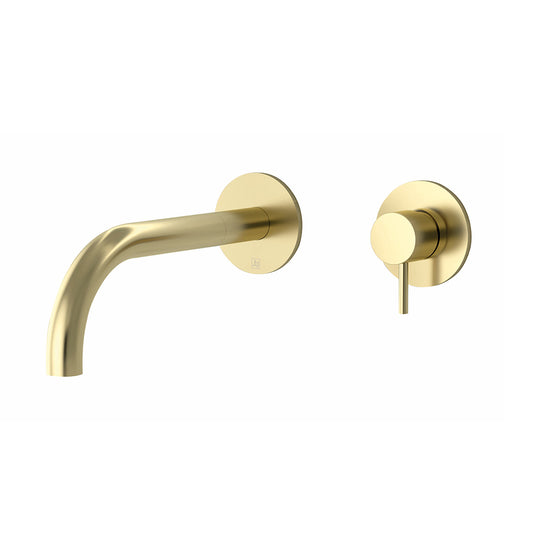The Importance of Water-Saving Taps: A Guide to Sustainability and Efficiency
Introduction: Embracing Sustainability through Water-Saving Taps
In an era where environmental sustainability is paramount, it's essential to reassess every aspect of our daily lives for its impact on our planet. An often overlooked yet significant aspect is the use of water-saving taps. This comprehensive guide explores the importance of these taps, their benefits, and how to choose the right one for your needs.
Understanding Water Scarcity: A Global Challenge
Before exploring water-saving taps, it's critical to understand the global water crisis. With climate change exacerbating droughts and depleting freshwater sources, conserving water is more crucial than ever.
The Environmental Impact of Conventional Taps
- Excessive Water Consumption: Traditional faucets waste a substantial amount of water, dispensing more than necessary for household tasks.
- Energy Consumption: Excessive hot water usage not only wastes water but also consumes more energy, contributing to higher energy bills and increased greenhouse gas emissions.
Water-Saving Taps: A Solution for Sustainability
- Reduced Water Usage: These taps are designed to limit water flow, significantly reducing water wastage. They typically use 30-50% less water than traditional taps.
- Energy Efficiency: By using less hot water, these taps help reduce energy consumption and lower utility bills.
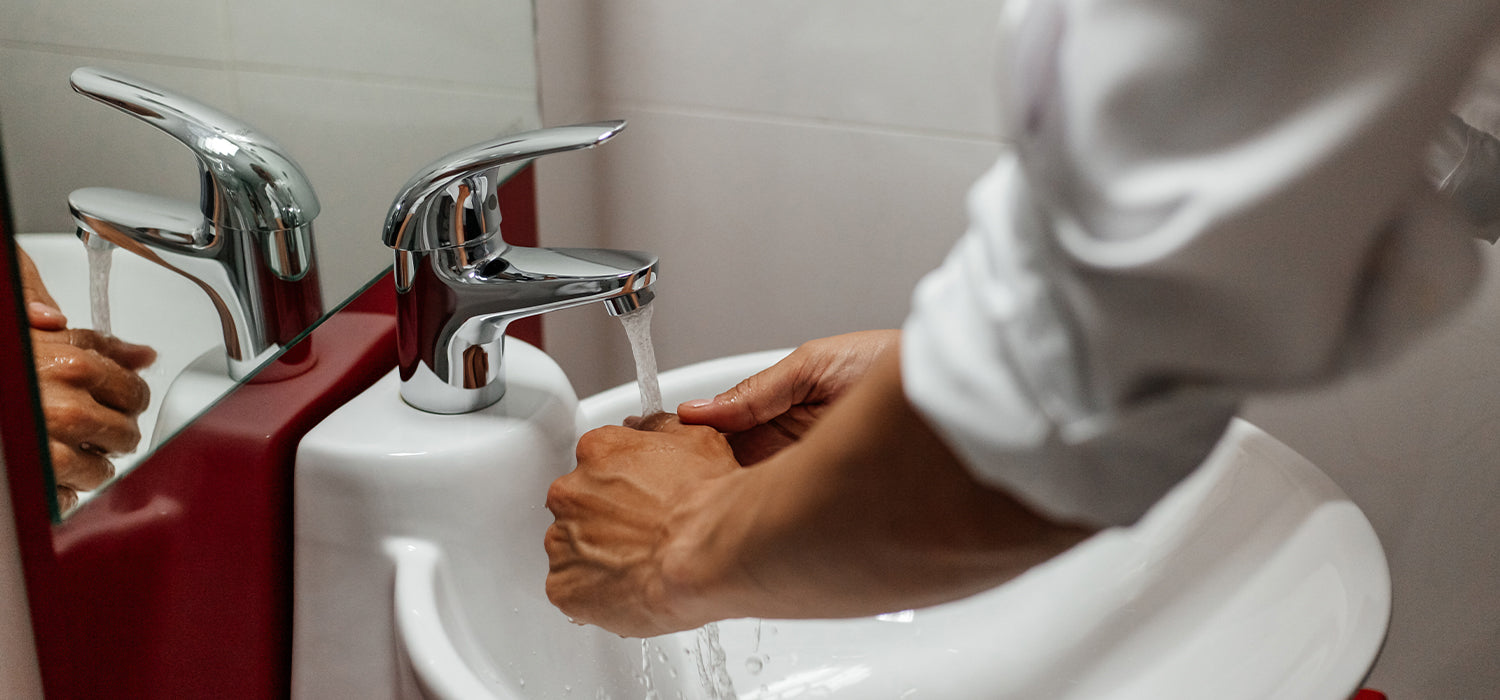
Types of Water-Saving Taps
- Aerators: Installed at the tip of the faucet, aerators mix air with water to create a soft, foamy flow without sacrificing water pressure. They are adjustable, cost-effective, and easy to install.
- Sensor Taps: These touchless faucets automatically activate water flow when they detect hands or objects, significantly reducing water wastage.
- Low-Flow Taps: Designed to limit water flow to around 1.5 GPM or less, these taps maintain reasonable water pressure for efficient daily chores.
Benefits of Installing Water-Saving Taps
- Lower Water Bills: Reduced water usage leads to decreased water bills.
- Energy Savings: Less hot water usage translates to lower energy consumption and bills.
- Environmental Impact: Conserving water plays a vital role in reducing water stress and mitigating climate change effects.
Choosing the Right Water-Saving Tap for Your Home
When selecting a water-saving tap, consider flow rate, style and aesthetics, quality and durability, and installation requirements.
Installation Process
Installing water-saving taps involves gathering the necessary tools and materials, turning off the water supply, removing the old faucet, installing the new tap, and testing for leaks.

Maintenance Tips
Maintain your tap by regular cleaning, checking for leaks, replacing aerators when necessary, and inspecting for wear and tear.
Cutting-Edge Innovations in Water-Saving Tap Technology
- Smart Taps: Controlled via smartphone apps, with features like automatic shut-off and customizable flow settings.
- Temperature Control: Advanced systems for precise temperature settings.
- Motion Sensing Technology: Improved sensors for accurate detection and water dispensation.
- Water Purification: Some taps come with built-in purification systems.
Conclusion: Making a Sustainable Choice
Water-saving taps are crucial in combating water scarcity and energy waste. By opting for these taps, you contribute significantly to a sustainable future, benefiting both the environment and your wallet.
other related blogs:



